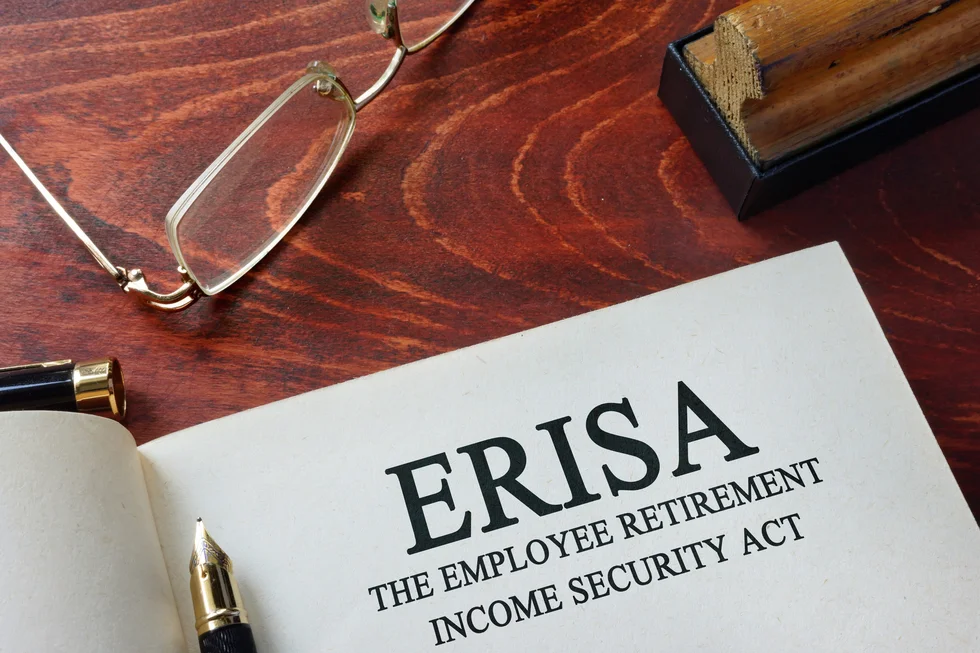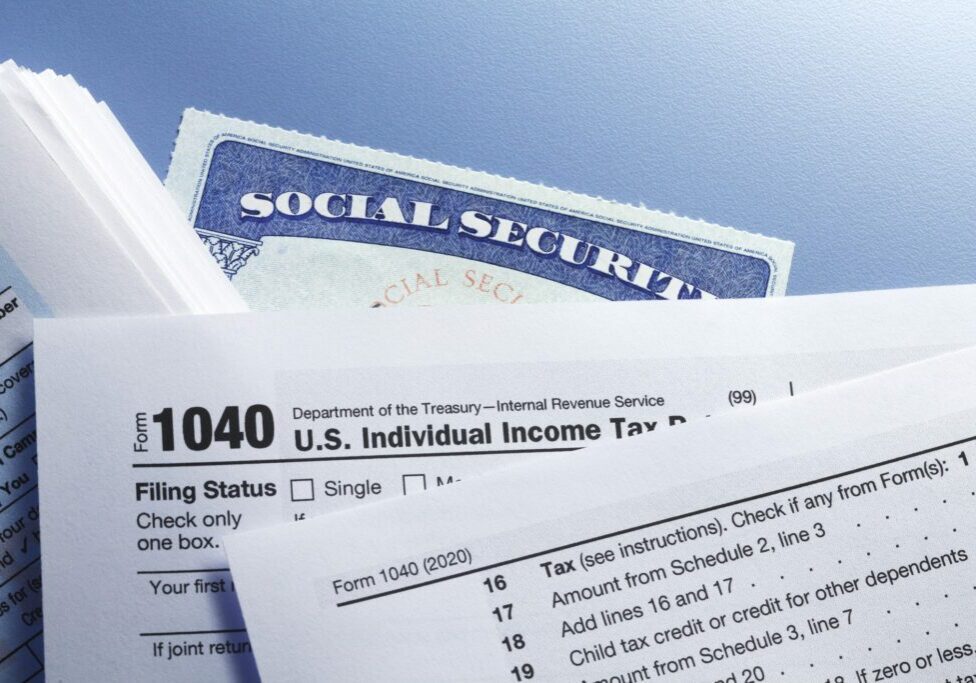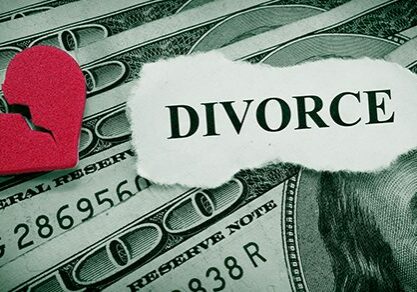What Happens When the Department of Labor Audits an ERISA Plan?

Question: Our organization sponsors both health and retirement plans that must comply with the Employee Retirement Income Security Act (ERISA). We recently received a request from the U.S. Department of Labor (DOL) for plan-related documents. Is this an audit? And if so, what should we expect?
Answer: A request for plan documents usually signals the beginning of a DOL civil investigation — often referred to simply as an “audit.” You should address this inquiry without delay, as a prompt and cordial response can establish a positive rapport with the investigator. Also, failure to provide requested documents to the DOL can result in a penalty assessment. An investigation usually follows a predictable path.
Here’s a brief summary of the six steps of a typical DOL audit process:
1. Initial document request. Generally, a plan sponsor learns of an audit when it receives a letter or phone call from the DOL’s Employee Benefits Security Administration (EBSA) advising plan officials (essentially anyone responsible for the plan’s proper administration) of the investigation and requesting a detailed list of documents. The investigation may be general in nature or target a specific issue.
2. On-site review and interviews. The investigator may arrange to visit the plan sponsor’s offices and may request that additional documents, such as payroll and claims process records, be made available for review during the visit. Often, the investigator will gather relevant information by interviewing one or more plan officials, either in person or virtually.
3. Investigation findings. If the investigator doesn’t find any ERISA violations, EBSA will send a closing letter stating that the investigation is complete, and no further action is contemplated. If the investigator does find violations, EBSA will issue a voluntary compliance “notice letter” identifying the violations and inviting plan officials to voluntarily make corrections.
4. Correction and settlement. Whenever possible, EBSA seeks voluntary compliance through full correction of identified violations and restoration of plan losses. After negotiating a corrective action with plan officials, EBSA will issue a detailed settlement agreement.
A typical agreement requires evidence of the correction and provides that, if EBSA determines that the agreement’s terms have been fulfilled, no further enforcement action will be taken regarding the specified violations. When voluntary compliance isn’t achieved, EBSA may refer a case to DOL attorneys for litigation. Some situations may not be appropriate for voluntary correction, such as those involving fraud, criminal misconduct, or severe or repeated fiduciary violations.
5. Fiduciary violations and a 20% penalty. ERISA imposes a mandatory 20% penalty on any amounts recovered from a fiduciary or other person for a fiduciary breach, including amounts recovered under a settlement agreement. Generally, EBSA assesses the penalty in a separate letter, though the penalty may be addressed in the settlement agreement.
6. Closing letter following correction. After EBSA confirms that corrective action has been completed and any penalties have been paid, it will send a closing letter indicating that compliance was achieved.
These steps may be completed in a matter of weeks or may take a year or more. It typically depends on the complexity of the plan design; the issues identified in the investigation; the availability of documents and individuals for interviews; the degree of cooperation between the plan officials and EBSA; and the number of potential violations. It’s recommended that plan officials seek the assistance of experienced legal counsel to assist with a DOL audit. For an inside view of the DOL’s audit procedures, you may want to explore the EBSA Enforcement Manual here. And for more information about audits, contact your employee benefits advisor.








